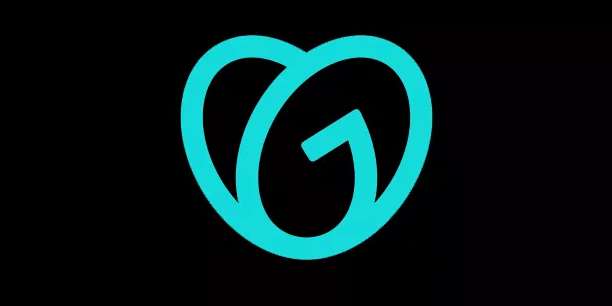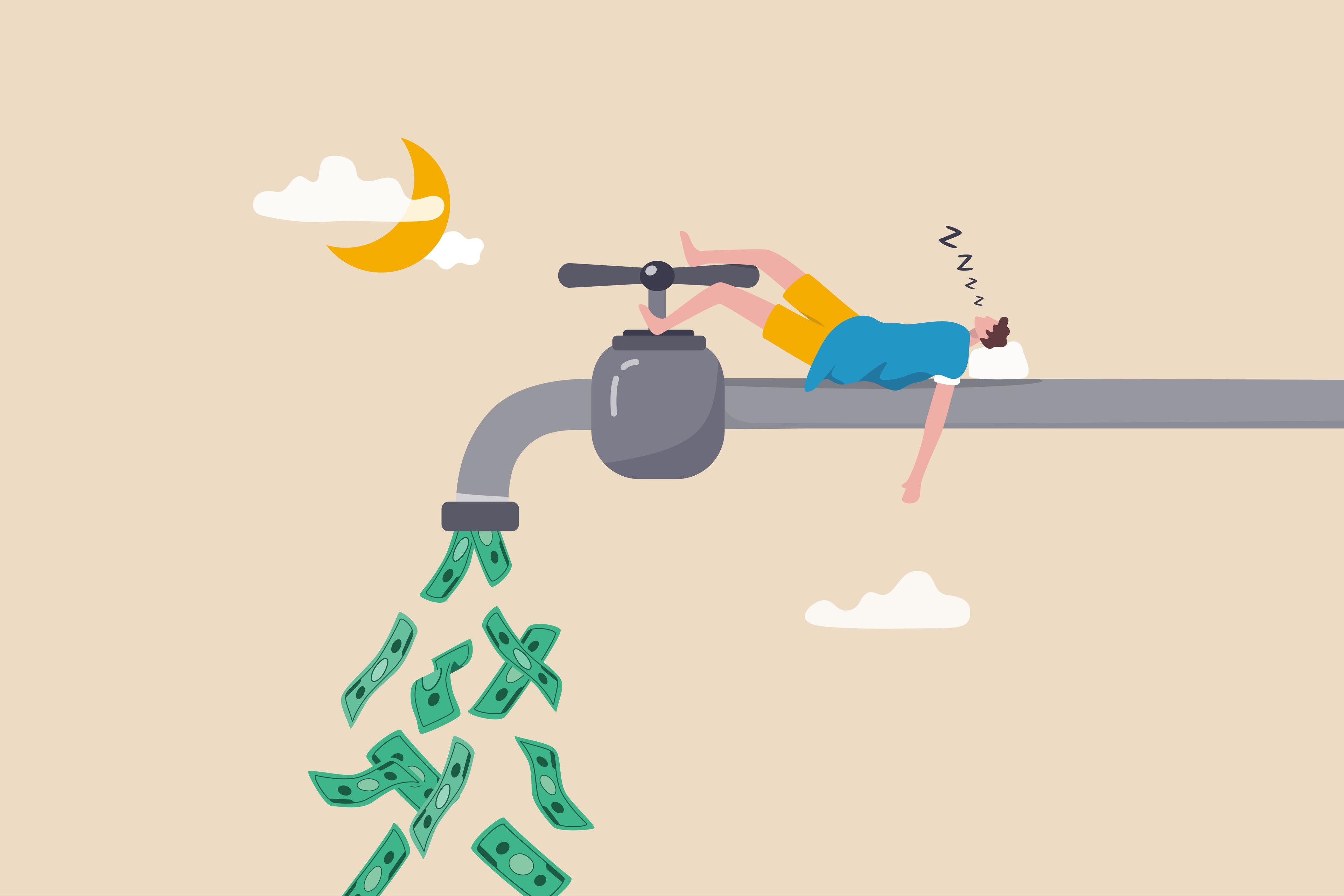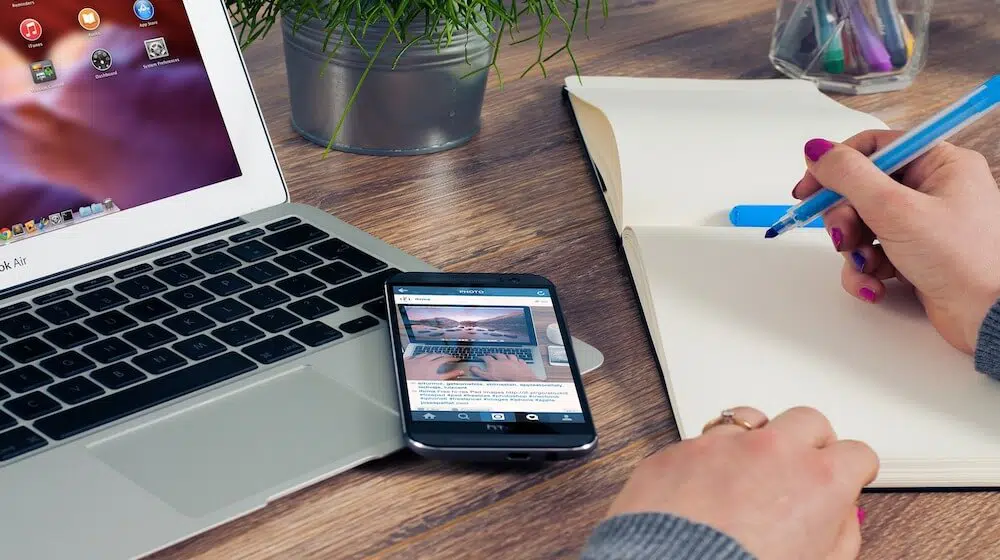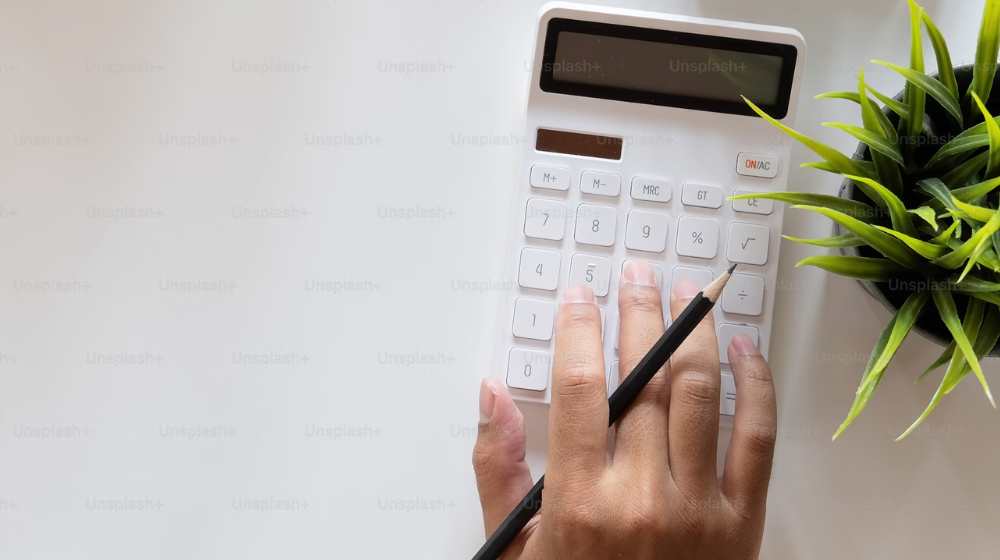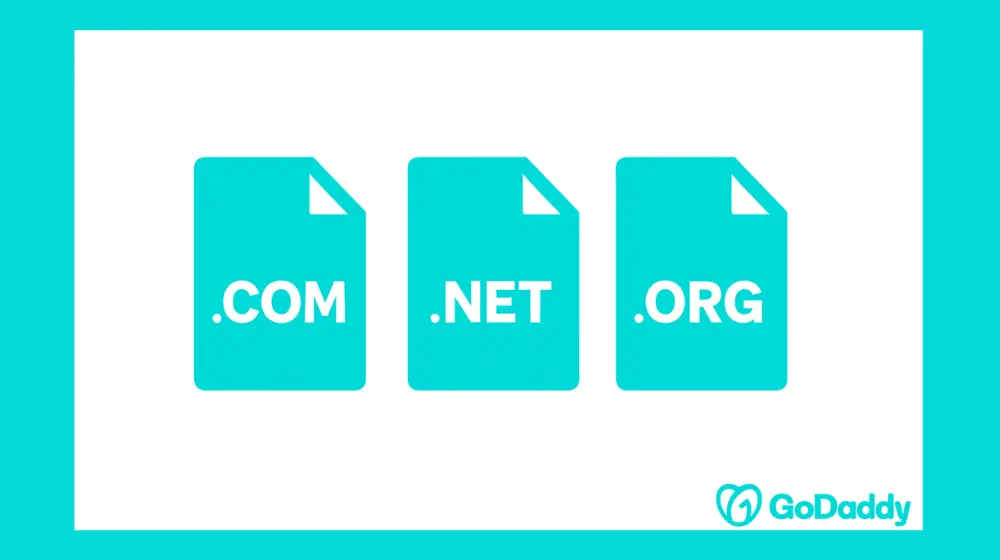One of the best things the internet has brought to Filipinos is the chance to turn your passions into profit. Whether you love reviewing films, sharing personal stories, or writing about anything under the sun, the rise of the digital economy has made blogging a legitimate income source for thousands of Pinoys.
Quick overview of making money blogging in the Philippines
Filipinos are natural storytellers: from the rich pre-colonial epics to the everyday tsismis swapped during afternoon merienda, they’ve always found joy in sharing narratives. Blogging takes that gift online, giving Filipinos a platform not just to share their voice, but to turn it into value.
Why is blogging a lucrative opportunity in the Philippines?
Blogging in the Philippines began as early as 1995, shortly after Filipinos first gained access to the World Wide Web. The first wave of local bloggers soon followed, including Yugatech, which was launched in 2002 and became the go-to blog for tech reviews and product recommendations; Jayvee Fernandez started A Bugged Life in 2004, focusing on his hobbies and other lifestyle content; and Saab Magalona began blogging in 2003, evolving from a teen trendsetter into a millennial mom.
Today, blogging is more than just a hobby: it’s a viable source of income. With Filipinos spending hours online daily and actively engaging on social media, blogging fits naturally into Pinoys’ digital habits. As of this writing, local bloggers now earn approximately ₱22,000 to ₱50,000 per month, especially in high-demand niches like personal finance, tech, beauty, travel, and lifestyle. Profit comes from ad revenue, affiliate marketing, sponsored posts, and selling digital products—all while doing something they love.
Is it really possible to make money blogging in 2025?
Definitely! The digital economy is only getting bigger, and blogging has proven itself as more than just a side hustle. Some bloggers even say they’ve earned up to $739 (₱42,000) from just two months’ worth of blog content. That’s just from writing—imagine the potential when you add in brand deals, affiliate income, and your online products.
But beyond the money, blogging gives something even more valuable: freedom and creative control. It’s a platform where you get to tell your story, connect with others, and build something that’s truly your own. And for Filipinos who love to share and connect, that’s a pretty exciting opportunity.
How to start your blog in the Philippines?
In blogging, starting strong is essential. From choosing a platform to publishing your first post, each step is essential for a successful blog. Here’s a step-by-step guide for Filipino bloggers ready to launch.
1. Choosing the right blogging platform for beginners
Your platform affects your blog’s growth and ease of use. Blogger is free and simple, but it is limited in customization and monetization options. Wordpress is ideal for serious bloggers—it offers full ownership, plugin flexibility, and SEO tools to scale your blog. For long-term growth, Wordpress is the best choice.
Related: Build your website in the Philippines: the complete newbie’s guide
2. Picking a profitable niche for Filipino bloggers
A niche isn’t just what you write about—it’s where you earn. Profitable niches in the Philippines include beauty, tech, and home essentials, as they attract steady traffic and brand deals. Food, travel, and lifestyle also thrive in local online communities. Choose a niche where your passion aligns with monetization strategies such as affiliate links, sponsored posts, or digital products.
3. Registering your domain name
Your domain is your online identity and SEO asset. Personal names can work for branding, but a catchy, niche-focused domain name attracts an initial audience and boosts credibility, such as TheManilaTech.com. Local extensions like .ph help you connect with Filipino readers.
Registering through GoDaddy ensures ownership, privacy, and easy management. Click here to learn more.

4. Setting up reliable web hosting
Good hosting ensures fast load times and uptime, which are crucial for retaining readers and improving search rankings. With varying internet speeds in the Philippines, consider choosing a host with either global CDN support or local optimization.
GoDaddy offers scalable, secure, and affordable hosting ideal for new Filipino bloggers. Explore our plans today!
5. Designing your blog: selecting themes and essential plugins
Design impacts trust and usability. Use a mobile-friendly, niche-aligned theme. Key plugins, such as Yoast SEO (content optimization), WP Rocket (site speed), and Wordfence (security), enhance performance and protection. Remember that a clean, responsive design builds credibility and keeps visitors engaged.
6. Publishing your first SEO-optimized blog post
SEO drives traffic. Start with the free plans of SEO tools like Moz or Ahrefs for keyword research, but consider investing in writing tools like Clearscope or Surfer later on for better search engine optimization. Focus on answering real reader questions and structure your content with clear headings, bullet points, and alt-text visuals. Consistent SEO helps build long-term organic traffic and visibility.
Related: How to create amazing SEO-optimized content?
Quick checklist to launch your blog today
- Choose a blogging platform aligned with your goals
- Pick a niche with strong demand and income potential
- Register a domain name (Do it easily through GoDaddy)
- Set up reliable, scalable hosting (Try GoDaddy for local-friendly hosting)
- Design a mobile-friendly blog with essential plugins
- Publish your first SEO-friendly post
Start your blog with GoDaddy’s setup tools and take the first step toward earning from your passion.
Top ways to make money blogging in the Philippines
With the Philippines’ growing digital economy and widespread internet access, Filipino bloggers can earn money from their own blogs through numerous strategies. Here are the top monetization methods:
1. Affiliate marketing: earn through product recommendations
Affiliate marketing allows bloggers to earn money by promoting products through unique links.
In the Philippines, it’s more profitable to focus on high-conversion items (like gadgets or local essentials) than high-commission ones.
Top affiliate programs for Filipino bloggers:
- Shopee Affiliate Program – Up to 9.1% commission; ideal for lifestyle, gadget, and home content.
- LazAffiliate (Lazada) – Offers 12–40% commission; great for tech, fashion, and beauty niches.
- Klook Affiliate Program – 2–5% commission per booking; ideal for travel bloggers leveraging the local tourism resurgence.
Best affiliate networks for Filipino bloggers
Affiliate networks simplify tracking and provide multiple brand options:
- Optimise Philippines – Connects bloggers to brands in e-commerce, travel, and finance.
- Involve Asia – Popular among Filipino creators; includes Shopee, Lazada, Grab, and Agoda, all in one dashboard.
2. Display advertising: Use Google AdSense and ad networks
In digital marketing, display ads offer passive income once your blog attracts steady traffic.
- Google AdSense – Auto-serves relevant ads; Filipino bloggers like its ease and access to global brands.
- Meta Audience Network – Best for Facebook-driven traffic; monetizes in-feed and Instant Articles.
Use native placements and avoid pop-ups or autoplay videos, as these can negatively impact user experience and increase bounce rates.
3. Sponsored posts and brand collaborations
As your blog gains traction, brands may approach you for sponsored content. New bloggers typically earn between ₱3,000 to ₱10,000 per post, while those with a larger audience and stronger niche presence can charge up to ₱100,000 or more per campaign. In addition to blog features, the rise of user-generated content (UGC), such as user tutorials and product reviews, offers another income stream. Some Filipino bloggers earn ₱75,000 to ₱125,000 per month by producing branded content—even if it’s not published on their blogs. Regardless of the format, always disclose sponsorships to maintain transparency and audience trust.
4. Selling digital products and online courses
If you have expertise in a specific niche, selling digital products can be a scalable and profitable way to monetize your blog. Popular formats include e-books, templates, printable planners, and full online courses covering topics such as Canva design, budgeting, and blogging. These products typically require a one-time creation effort but generate ongoing sales with high profit margins and minimal overhead, making them ideal for bloggers seeking to establish authority and generate passive income. Just make sure your prices are sensible, if not outright affordable!
5. Offering freelance services through your blog
Your blog can serve as a powerful online portfolio that attracts part-time freelance work in writing, graphic design, social media management, virtual assistance, or Wordpress development. Many Filipino bloggers land clients who resonate with their tone and expertise. To boost inquiries, add a “Work With Me” page that outlines your services, showcases your past work, and includes contact details. You can also find projects through platforms like Upwork, Fiverr, or OnlineJobs.ph.
6. Creating and selling physical products or merchandise
For bloggers with a loyal following, selling their own products is often a natural next step. Many Filipino bloggers successfully offer culturally relevant merchandise, such as t-shirts with Filipino slang, witty tote bags, or themed crafts inspired by their blog content. Thanks to platforms like Shopee, Lazada, and TikTok Shop, launching and selling physical products has never been more accessible for creators in the Philippines.
Maximizing your blog’s earning potential
Earning consistently from blogging in the Philippines goes beyond adding ads or affiliate links. It’s about building trust, offering consistent value, and turning your blog into a content hub that supports multiple income streams. Success depends on strategy, understanding your target audience, and engaging across the platforms where Filipinos spend their time.
1. Strategies to increase blog traffic in the Philippines
Traffic fuels monetization, especially when it’s targeted and relevant. For Filipino bloggers, this means creating high-quality content that aligns with local search behavior. Use English, Filipino, or Taglish to improve visibility and connect with readers naturally.
Promote your blog in local spaces, such as Reddit PH, Facebook groups, and niche forums. Publishing consistently, ideally on a weekly basis, helps build authority. Timely and seasonal content, such as Christmas budgeting tips or back-to-school guides, consistently performs well year after year.
2. Building a loyal audience and community
Loyal readers turn a blog into a brand. These are the people who subscribe, share, and buy. To build that connection, focus on authenticity and consistency. Filipino audiences prefer genuine, relatable content over polished, sales-driven posts.
Responding to comments, answering questions, and creating content based on reader feedback shows you’re listening, and it encourages people to come back to your blog.
3. Leveraging social media to promote your blog
With over 90 million Filipinos active on social media, platforms such as Facebook, TikTok, and Instagram are crucial for driving blog growth. Facebook works well for traffic, especially in niche groups. TikTok can deliver viral visibility with short clips that link back to your blog. Instagram supports visual-heavy niches, such as travel, lifestyle, and food.
Repurpose blog content into carousels, reels, or memes. Filipino audiences engage most with content that feels real and relatable, so let your personality shine. Social media isn’t just for promotion; it’s where you build lasting reader relationships.
4. Email marketing for Filipino bloggers
Your email list is one of the most reliable tools for monetization, and it’s often underused. Start by offering a freebie, such as a budgeting sheet or content planner, to attract subscribers. Tools like MailerLite and Mailchimp make setup easy.
Once subscribed, keep your list warm with blog updates, curated tips, or exclusive content. Email subscribers tend to be your most loyal supporters, often the first to buy your products or share your work. Even a small list can drive consistent income when nurtured well.
Real-life success stories: Filipino bloggers making money online
Blogging in the Philippines has evolved into more than a creative outlet: it's a launchpad for generating income, influencing others, and making a positive impact. Many local bloggers have built thriving platforms that opened doors to brand deals, businesses, and meaningful community work.
Top Filipino bloggers and their income streams
Here are two inspiring and successful bloggers in the Philippines who have turned their platforms into thriving income sources.
Saab Magalona: From blogger to inclusive entrepreneur
Saab Magalona started on Tumblr, gaining a loyal following with her candid posts and relatable tone. Her blog led to major brand partnerships, including Globe Telecom, and evolved into a broader digital presence as a podcast host, mom influencer, and entrepreneur.

She founded Puddy Rock Studio in Shangri-La Plaza—a play space for kids of all abilities, including those with disabilities. Her journey demonstrates how a personal blog can evolve into a values-driven business with a lasting social impact.
Pearl Janine de Guzman: From freelance blogger to CEO
Pearl Janine de Guzman started as a blogger and Upwork freelancer, transforming her writing gigs into a larger mission. At 25, she won ₱1 million on AXN and GoDaddy’s Project Go with her pitch for Staffz—a startup that connects Filipino freelancers with U.S.-based small businesses.
Staffz stands out for its social purpose: giving underprivileged youth access to remote work.
Pearl’s path exemplifies how blogging and freelancing can pave the way for entrepreneurship and have a positive impact on underserved communities.
📺 Watch Pearl’s story on Project Go in partnership with GoDaddy.
Lessons and tips from successful Philippine bloggers
Success in blogging isn’t just about traffic or followers—it’s about cultivating a trusted audience and turning your influence into something bigger. Here are the key lessons based on the journeys of top Filipino bloggers:
1. Build with authenticity first
Saab and Pearl didn’t start with products or brand deals—they started with authentic storytelling. They focused on blog topics that resonated with their audiences: Saab on lifestyle and motherhood, and Pearl on freelancing and career growth. This authenticity laid the foundation for long-term trust and growth.
2. Diversify your income streams
Both bloggers grew beyond traditional blog monetization. Saab explored podcasting, brand ambassadorships, and a physical business. Pearl moved from blogging to freelance writing and eventually to running a tech-enabled outsourcing company. Diversification is key to sustainability.
3. Align your blog with a bigger purpose
Content with a mission stands out. Saab's advocacy for inclusivity is reflected in her studio’s design and messaging. Pearl’s commitment to helping underserved youth is at the core of Staffz. Purpose-driven blogging not only fuels engagement but also attracts meaningful partnerships and long-term support.
4. Use your platform to build a community
Both success stories show the power of building beyond the blog through social media, podcasts, groups, and businesses. Creating spaces where your audience can interact, share experiences, and grow with you amplifies your reach and income potential.
Challenges Filipino bloggers face and how to overcome them
Blogging in the Philippines holds great potential, but it comes with real hurdles—from growing competition to inconsistent income and payment issues. Here’s how to overcome the most common challenges Filipino bloggers face:
1. Dealing with competition in the blogging space
The local blogging space is crowded, but that signals demand. Instead of covering everything, focus on one niche and offer genuine, relatable content that reflects your voice and Filipino context. A blog that addresses localized concerns, like “quick tips in using DepEd modules for teachers” or “budgeting for back-to-school,” will stand out more than generic posts.
Consistency and community-building help cut through the noise. Don’t just chase numbers—aim to build trust and connection with your readers.
2. Monetization challenges and payment methods in the Philippines
Monetizing a blog can be frustrating due to strict approval processes, high traffic thresholds, and limited payout options from many global platforms. Local-friendly solutions are often needed.
Here are some tips:
- Choose affiliate programs specifically geared toward Southeast Asia, such as Involve Asia.
- Use digital wallets like GCash or Payoneer for smoother payouts.
- Sell digital products or offer services directly through your blog for better returns.
In 2025, the Philippine government began imposing a 12% value-added tax (VAT) on digital services, including platforms such as PayPal, Upwork, and Google, which may further impact earnings and fees. Staying updated on tax rules and tracking your income is crucial for long-term success.
3. Staying consistent and motivated
Many bloggers lose momentum due to life responsibilities or slow results. But consistency doesn’t mean daily posting—it means showing up regularly with valuable content, even once a week. Set small goals, like hitting 100 readers or landing your first affiliate sale. Celebrate progress. Surround yourself with support, whether through online communities or fellow bloggers.
FAQs about how to make money blogging in the Philippines
How much can you realistically earn from blogging?
Beginners can expect to earn around ₱10,000–₱20,000 per month, depending on niche, traffic, and monetization strategies. With consistent effort, this can grow through affiliate links, brand partnerships, digital products, or freelance work.
How long does it take to start earning money?
It typically takes 3–6 months to start earning and around a year to achieve consistent income. Treating your blog like a business, with valuable content and strategic promotion, accelerates results.
Do you need to register your blog as a business in the Philippines?
If you earn regularly, yes. Registering as a freelancer or sole proprietor with the BIR helps with tax compliance and makes you eligible for brand deals, as many companies require official tax documentation.
Start your journey to make money blogging today
Blogging isn’t just a creative outlet. It’s a practical way for Filipinos to build income in the face of rising costs and economic uncertainty. With the right mindset, tools, and a commitment to provide value, your can make money blogging, where your blog can grow from a side hustle into a reliable income stream.
You don’t need a big budget or a perfect plan to get started. What matters most is taking the first step. Whether you're aiming to earn a few thousand pesos a month or build a full-time online business, consistency and smart strategy will take you there.
Ready to begin?
Launch your blog with GoDaddy — from buying your domain to setting up hosting, GoDaddy makes it easy for Filipino bloggers to get started. With 24/7 support and beginner-friendly tools, you’ll be publishing your first post in no time.
👉 Sign up with GoDaddy now and start building your blog today!




